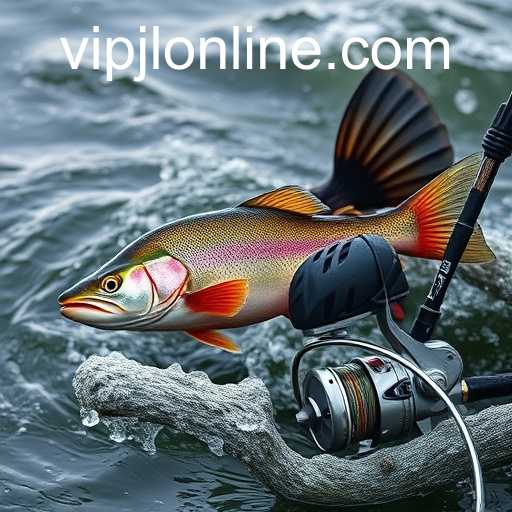The Art and Science of Fishing: Exploring the Depths of VIPJL
Understanding the Basics of Fishing
Fishing is both an art and a science that has been a crucial activity for many cultures around the globe. It has evolved from being a pure survival activity into a recreational and commercial phenomenon, employing millions and contributing significantly to cultures and economies worldwide. Embarking on a fishing journey involves understanding various techniques, tools, and processes which are essential for anyone trying to master this skill.
In the context of fishing, the term "VIPJL" might not be immediately familiar, but it represents a crucial aspect of fishing that enthusiasts explore. As with any specialized field, fishing has its unique secret codes and terminologies that often pique the curiosity of those involved.
A Glimpse into the Techniques of Fishing
Fishing techniques have been developed over centuries with modern innovations adding to the existing knowledge. Some of the popular traditional methods include fly fishing, bait casting, trolling, and ice fishing. Each method is adapted to specific environments and target species, enhancing the efficiency and success rate of the catch.
Fly fishing is predominantly popular in freshwater bodies such as streams and rivers. The technique relies on using lightweight lures or "flies" that mimic the natural food of fish, requiring skillful casting techniques and intimate knowledge of fish behavior.Bait casting and spin fishing leverage the angler's control over the line and bait presentation, deploying heavier lures and allowing anglers to pursue larger fish species in both fresh and saltwater conditions.
The Equipment Arsenal: Rods, Reels, and Beyond
Having the right fishing equipment can be the determining factor between a successful day on the water and an unfruitful outing. The rod and reel are often seen as extensions of the angler's limbs, with each piece of equipment tailored for specific styles and conditions. Understanding the various aspects of rods and reels helps anglers choose the optimal setup for their needs.
Fishing rods are classified based on their action—fast, medium, or slow—describing how the rod bends and its sensitivity. Fast-action rods are best suited for longer casts and handling larger fish, while medium and slow-action rods can offer better control for precise placements and smaller prey. The choice of reel, whether spinning or baitcasting, also plays a significant role in this dynamic, influencing not just casting abilities but the way anglers retrieve their catch.
Environmental Awareness and Conservation
Besides technique and equipment, a comprehensive understanding of the environment in which one fishes is crucial. Modern anglers are increasingly aware of their footprint and influence over aquatic ecosystems. Fishing while respecting nature involves practicing sustainable methods, understanding local regulations, and recognizing seasonal variations critical to maintaining healthy fish populations.
Engagement in catch and release practices showcases a commitment to conservation and is particularly significant in keeping the balance between enjoyment and ecological health. This practice aids in the survival of released fish, allowing them to reproduce and contribute to the natural ecosystem, ensuring aquatic life thrives for future generations.
VIPJL: An Enigma in the Fishing World
The term "VIPJL" may seem cryptic but serves as a focal point of curiosity in the fishing community, symbolizing the diverse, yet unspoken rules and etiquettes practiced by anglers. This concept explores the human connection with nature, respect for the sport, and the camaraderie shared among enthusiasts.
Whether VIPJL represents a specific technique, philosophy, or an insider approach known only to the seasoned angler, it signifies a deeper, often personalized connection with fishing that transcends conventional methods. It embodies the idea of fishing not just as a hobby but as an immersive journey that enriches the mind and spirit of those passionate about the craft.
Fishing as a Cultural Phenomenon
Fishing transcends its functional boundaries and has long been entrenched within cultural narratives across generations. Symbols, traditions, and stories around fishing often capture the sense of adventure, patience, and triumph associated with the sport. In some cultures, fishing ceremonies and festivals celebrate both bounty and harmony with nature.
Its universality also brings together communities, fostering relationships as people gather to share tales, techniques, and experiences. From the ancient sharing of fishing wisdom to modern-day digital communities, fishing continues to adapt while preserving its core essence and societal value.
Conclusion: The Ever-Growing Legacy of Fishing
Fishing continues to be an engaging, multifaceted pursuit. Whether an angler approaches it as a sport, leisure activity, or means of livelihood, fishing offers an enriched experience defined by personal achievements and shared community values. The intrigue of terms like VIPJL and evolving methodologies maintains fishing's timeless allure, ensuring it remains relevant for generations to come.








